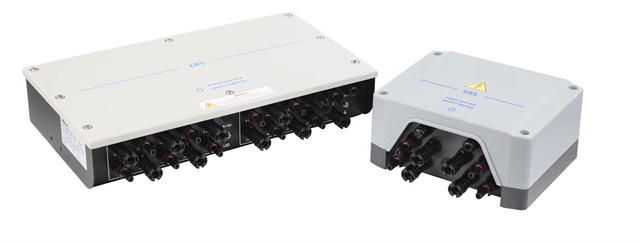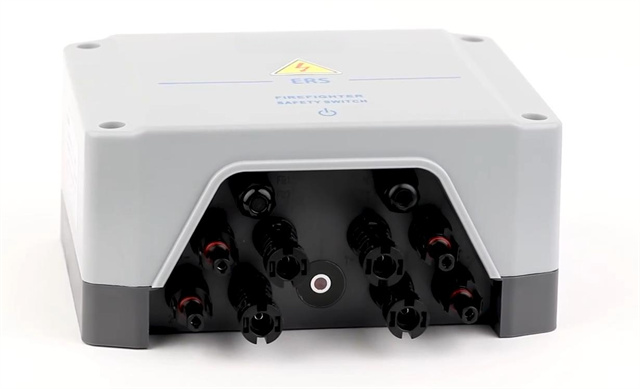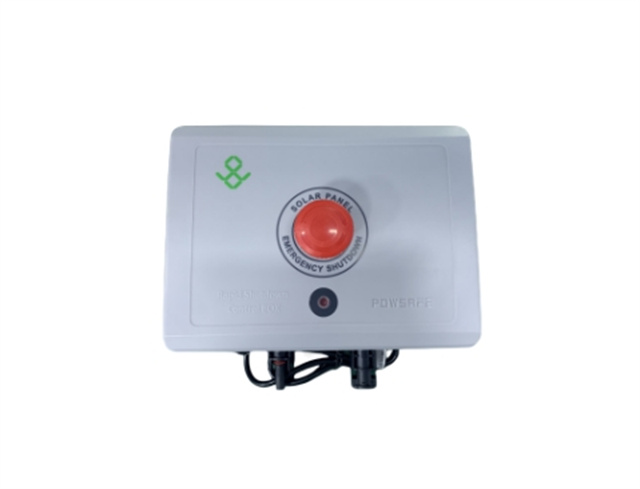Author:BLD Solar Energy SystemFROM:Solar System Converter Manufacturer TIME:2023-10-31
Rapid Shutdown Inverters, also known as RSI, are an essential component in solar power systems. They play a crucial role in ensuring the safety of both installers and first responders by rapidly shutting down the direct current (DC) electricity generated by solar panels. With the growing popularity of solar energy, efficient utilization of rapid shutdown inverters has become increasingly important. In this article, we will explore the benefits and challenges associated with the use of RSI, as well as strategies for maximizing their effectiveness.

The primary objective of rapid shutdown inverters is to enhance safety in solar power systems. Traditional string inverters allow the flow of DC electricity, even when the grid power is disconnected, posing a significant risk to firefighters and others who may need to work on the system. RSI ensures that the flow of DC electricity is quickly interrupted when needed, minimizing the risk of electric shock and other hazards.

Efficient utilization of rapid shutdown inverters is essential for complying with the latest codes and standards in the solar industry. Many jurisdictions now require solar installations to incorporate RSI to meet safety requirements. By adhering to these regulations, system owners can ensure that their installations are in compliance, minimizing liability and avoiding potential penalties.

Proper system design is crucial to maximize the efficiency of rapid shutdown inverters. It's essential to consider the distance between the solar panels and the RSI, as well as the wiring configuration. Designing a system with these factors in mind can reduce power loss and ensure efficient shutdown in case of an emergency.
While rapid shutdown inverters provide enhanced safety, it is crucial to understand their impact on system performance. The additional circuitry and wiring required for RSI can introduce power losses, reducing the overall energy output of the solar system. However, advancements in technology are continuously improving the efficiency of these inverters, minimizing the impact on performance.
Integrating rapid shutdown inverters with monitoring systems is essential for efficient utilization. Monitoring systems can provide real-time data on the performance and status of the RSI, enabling timely detection of any issues or malfunctions. This integration allows system owners and operators to ensure that the shutdown functionality is working optimally and take immediate action if necessary.
To ensure efficient utilization of rapid shutdown inverters, proper training and education are necessary. Installers and maintenance personnel should have a thorough understanding of the RSI technology and how to correctly install, configure, and troubleshoot these devices. Ongoing training programs can keep professionals up to date with the latest advancements and best practices in RSI utilization.
The cost of rapid shutdown inverters is an important factor to consider when designing and implementing solar power systems. While these inverters add an additional expense to the overall system cost, it is essential to evaluate the benefits they provide in terms of safety and compliance. Additionally, as the demand for RSI increases, economies of scale can lead to cost reductions in the future.
The rapid shutdown inverter technology is continuously evolving, with ongoing research and development efforts to improve its efficiency and effectiveness. Innovations such as wireless communication and smart capabilities can further enhance the performance and reliability of these inverters. Staying updated with future developments in RSI technology will be crucial for efficient utilization in solar power systems.
In conclusion, efficient utilization of rapid shutdown inverters is key to ensuring the safety and compliance of solar power systems. While they add additional complexity and cost to the system, their benefits in terms of enhanced safety and adherence to codes and standards cannot be overlooked. By considering system design, performance impact, integration with monitoring systems, training, cost, and future developments, stakeholders can maximize the efficiency of rapid shutdown inverters in solar installations.
